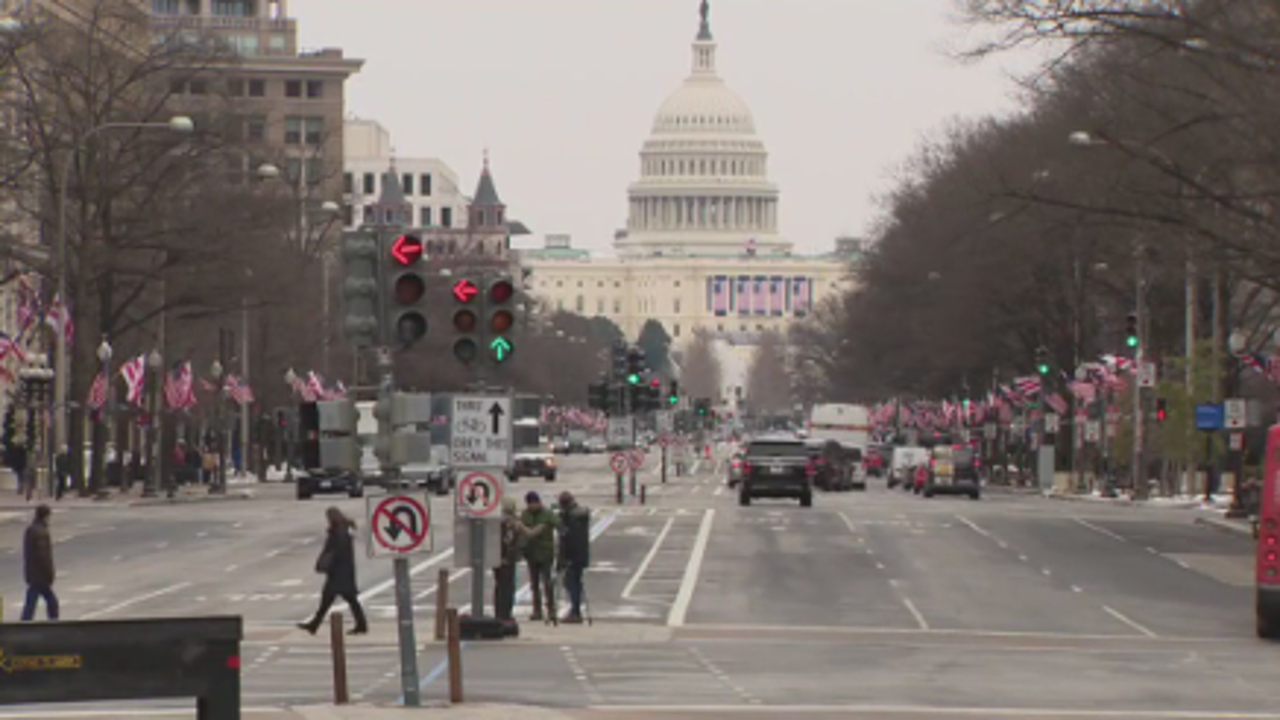
Washington D.C. Grapples with Delivery Congestion: Innovative Solutions on the Horizon
The District of Columbia is actively exploring a multifaceted approach to alleviate the growing problem of traffic congestion caused by the surge in delivery vehicles. City leaders are implementing and considering various pilot programs and legislative measures designed to streamline curbside management and optimize the flow of traffic.
Proposed Parking Fees via Camera Technology
One of the most notable initiatives is a legislative proposal put forth by Ward 6 Councilmember Charles Allen. This legislation aims to implement a system of parking fees using cameras mounted on poles. These cameras would automatically read license plates and charge drivers for parking, with the goal of encouraging shorter parking durations and deterring long-term occupation of valuable curb space.
Councilmember Allen envisions a system where short-term parking is affordable and easily accessible. “I don't need to bill someone lots of money to pull over for parking. If you only need five minutes, let's make it cheap—25 cents, very little amounts—but just manage that better and that's what the cameras and technology can help us do,” Allen stated. The primary objective is to maintain clear travel lanes and reduce congestion caused by vehicles searching for or occupying parking spaces for extended periods. Allen pointed to successful implementations of similar models in cities like Pittsburgh and Boston as evidence of its potential effectiveness.
Optimizing Curbside Management: Short-Term Parking Zones
The D.C. Department of Transportation (DDOT) is also actively engaged in pilot programs aimed at improving curbside management. One key strategy involves converting high-traffic corridors into super-short-term parking zones, with maximum durations ranging from ten minutes to half an hour.
According to DDOT Director Sharon Kershbaum, the selection of appropriate locations is crucial. "So if the commercial corridor has things like hair salons or vet clinic, we know those areas still need an hour or two hours of parking, but when you have a strip that has a lot of fast-casual restaurants, those are the ones that work best for the 10-minute parking," Kershbaum explained. This approach is particularly beneficial for food delivery drivers, enabling them to quickly pick up orders without monopolizing curb space for extended periods.
Hub and Spoke Delivery Model: Replacing Large Trucks with Smaller Vehicles
Another innovative solution being tested involves a "hub and spoke" delivery model. This system aims to replace large, 18-wheeler delivery trucks on congested roads with smaller, more agile vehicles. The concept involves establishing central hubs where larger trucks can unload their cargo. From these hubs, smaller vehicles, such as vans, pedal bikes, or even electric bikes (E-bikes), then pick up packages and complete the final delivery to their destinations. This approach reduces the overall size and number of delivery vehicles operating on congested streets, thereby easing traffic flow.
Robotic Delivery: Kiwibots on College Campuses
DDOT is also embracing technological solutions to address delivery challenges. The agency has issued permits for Kiwibots, small food delivery robots, to operate on the campuses of Howard University and George Washington University. These robots offer a convenient and efficient way for students and faculty to receive food deliveries without adding to the congestion caused by traditional delivery vehicles.
Addressing the Curbside Challenge: Innovation and Adaptation
Director Kershbaum acknowledged the persistent challenges associated with curbside management. "Curbside is always a challenge for us," Kershbaum said. "There's not enough supply to meet demand so we have to be really innovative to use what we can." The city's commitment to exploring and implementing innovative solutions reflects the urgency of addressing this complex issue.
The Perspective of Curbivore: Addressing Unpriced Curbs
Jonah Bliss of Curbivore, an organization focused on the future of transportation and delivery, believes that D.C. is taking positive steps toward addressing the issue. Bliss argues that the lack of pricing for curbside access creates a "perverse incentive" for drivers to illegally occupy loading zones and other restricted areas. "Because we leave our curbs unpriced, so to speak, especially in D.C., there's a perverse incentive to grab every inch of curb you can, park your truck illegally in the no loading zone," Bliss said. By implementing strategies such as parking fees and optimized curbside management, the city can create a more equitable and efficient system.
Incentivizing Sustainable Transportation: E-Bike Program for Delivery Drivers
In addition to the aforementioned initiatives, DDOT is also promoting the adoption of sustainable transportation options among delivery drivers. The agency is offering nearly 70 free E-bikes to delivery drivers who are willing to trade in their mopeds, many of which are operating illegally and without proper licensing. This program not only reduces congestion but also promotes environmentally friendly transportation alternatives.
Pilot Programs and Future Implementation
It's important to note that all of these initiatives are currently being implemented as pilot programs in specific areas of the city. The data collected from these trials will be carefully analyzed to determine the effectiveness of each approach and inform future city-wide implementation strategies. By taking a data-driven and iterative approach, D.C. aims to develop a comprehensive and sustainable solution to the challenges posed by increasing delivery traffic.

No comments:
Post a Comment